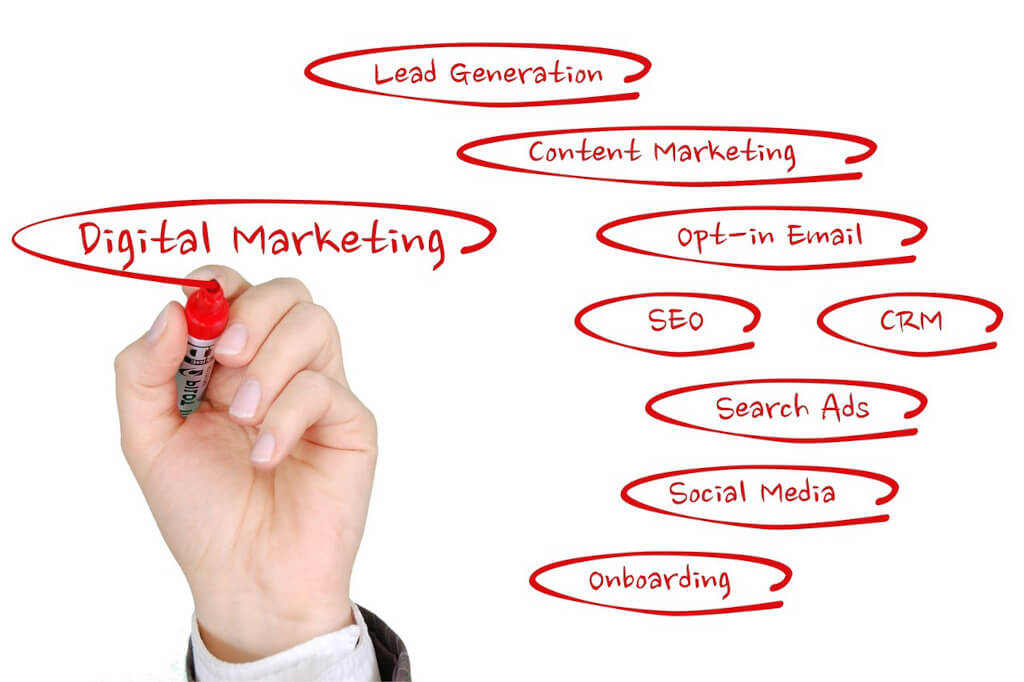
What is a Lead?
Any potential customer who shows curiosity about a company’s offering is considered a lead. After a lead initiates contact (by signing up for a free trial, purchasing an item, etc.), the company or organisation usually follows up with them. instead of receiving a cold call from a stranger who bought their number.
Let’s say you want to know more about how to maintain your car and decide to fill out an online survey. The automaker behind the survey will follow up with an email offering assistance with maintaining your vehicle within the next day or two. You would agree that this method is much less burdensome than if they called you out of the blue without knowing your feelings on auto maintenance. Leading is like this, at least in my experience.
From a business point of view, the data gleaned from your survey results allow the auto company to tailor their initial communication with you to address your specific issues, rather than wasting time contacting leads who aren’t seriously considering purchasing any of their products or services.
The conversion process from site visitor to paying customer includes several steps, one of which is generating leads. The quality of a lead varies greatly (nor are they qualified the same). Leads come in a wide variety, depending on the qualification criteria used and the stage of the customer lifecycle they represent.
Generating Leads in the Digital Age

As more and more information is made available online, the buyer’s journey has evolved significantly. It used to be standard practice for salespeople to approach uninformed prospects to educate them about the company’s offerings. Customers nowadays have easy access to a wealth of information. Before ever talking to a company rep, they can learn everything there is to know about a product through online resources like search engines, social media, blogs, and more. Thanks to emerging technologies, the selling process will develop further.
Due to the plethora of available resources, consumers are less likely to be receptive to a generic sales pitch that has nothing to do with their specific problems. The success of a business today depends heavily on its ability to attract new customers online. Inbound marketing strategies such as search engine optimization and content marketing are frequently used to achieve this. For more information on this, click here.
The advent of digital technology also has made it simpler for businesses to investigate and comprehend prospective leads. Businesses can more effectively attract their ideal clients by catering their communications to their interests, and they can use data about their prospects’ engagement and demographics to determine whether or not they’re good leads. Having a steady stream of new leads, as well as taking the time to cultivate existing ones, is becoming increasingly crucial for businesses.
Guidelines for Creating Leads

If you want to generate more leads from all of your lead-generation networks, we have quick tips that will help you do just that.
Get a Good System Set Up for Following Up on Leads
You must first be able to measure the effectiveness of your lead generation efforts, be they on Google or Facebook. As well as setting aside sufficient funds to successfully convert leads into paying customers. Keeping tabs on your Google Ads is a breeze with Google Analytics. Use it to see how visitors are interacting with your site and get reports on their habits. It can also help you find commonalities among your clientele, which can be used to improve your marketing efforts and reach a wider audience.
Keep an Eye on Your Rivals
Second, keep an eye on what they’re doing. Have they introduced any new offerings, such as products or websites? What I’m about to tell you is something you need to know. And you must do. Knowing what your leading competitors are up to will help you anticipate their moves and release groundbreaking products that will win over customers. Thus, keeping tabs on them can yield brilliant strategies that propel your company to new heights.
Generate Leads Through Social Media
Make use of social media to generate leads. There is a wide range of applications for social media, from customer service to advertising. Nonetheless, you can use it to strengthen your sales pipeline as well. Driving potential customers to your website is a great way to increase your company’s lead-generation efforts. You need only publish a blog and publicize a special deal to entice readers into taking action. Why not get assistance from a project management team that will help you develop custom campaigns for lead generation? Visit IconAF’s website for more information.
Upgrade Your Deals
There’s a lot of opportunity to boost conversion rate if you’re not one of the very best advertisers. The most successful landing pages convert at rates three to five times higher than average. What’s their secret? Ingenious approaches can include providing superior deals. All the standard optimizations like modifying the button color, typography, spacing, etc., pale in comparison to this. Just about any software you can think of has a free trial version. What makes your website special, interesting, and valuable to the reader?
Promptly Seek a Personal Recommendation
To show your customers you value them, the easiest way to show your appreciation is through referrals. Tell the person you’re asking for a referral and how much you appreciated their help. And then you should inquire if they have any contacts who might be interested in what you’re selling. Saying that you’d like to work with an individual just like them adds a touch of flattery.
The incentive for a referral can be anything from a discount on a future purchase to a freebie for the person who made the recommendation. Many customers are willing to recommend your business to their friends and family without receiving anything in return if they were satisfied with your service.
You Should Contact Them by Telephone
New clients can be found through outbound calling. Find out what they need before calling to avoid the call coming off as “cold” and impersonal. Use a survey or contact form on your site to gather data. It’s possible to monitor your subscribers’ actions via email segmentation and tailor your phone call accordingly.
Deliver Superb Customer Service
Ensure that both your current and prospective clients know they are valued and appreciated. Take your time in responding to questions, and do so with care and consideration. To do this on a larger scale, you should hire more people or buy more equipment. If your customers are satisfied, they will come back and tell their friends about your company. For more articles like this, visit IconAF’s Heylink profile.
